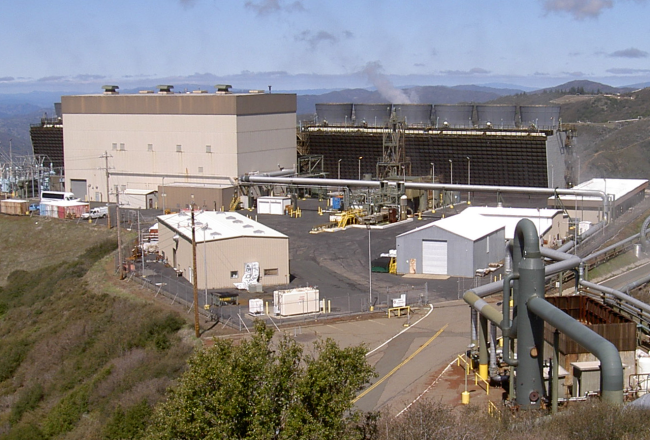Studios
-
Support
-
Contact us
-
Products
Studios
The costs of prospecting for and building a geothermal facility dwarf the costs of operating it over its 30-year life. Recovery of these up-front costs is contingent on uninterrupted operation. Minimisation of risk of interruption, including from corrosion, is particularly critical where the capex has been financed by long-term debt finance, servicing of which requires uninterrupted operating revenues.
Geothermal steam and hot water piping networks are very extensive and are typically constructed primarily of carbon steel.
Geothermal fluids – wet steam, commonly containing CO2, H2S, NH3 and chlorides – are highly corrosive. Temperatures and levels of these species are variable – and unpredictably so. Undetected internal corrosion can lead to through-wall leaks or even ruptures. Corrosion rates in carbon steel can exceed 1000 mils (mpy), or 25mm, per year in areas with high HCl content steam and acid-dewpoint corrosion.


Continuous steam scrubbing of steam from certain wells with sodium hydroxide solutions is required to neutralize the HCl content in steam. The scrubbed steam is rendered non-corrosive to miles of carbon steel steam piping downstream.
Proving that wall thicknesses are being protected is the measure of success for a scrubbing system. Continuous monitoring of the thickness of steam wellhead tie-in piping downstream of corrosion mitigation steam scrubbing systems gives early warning of process upsets and ongoing high corrosion rates without waiting for a hole to develop. This allows for optimal design of the scrubbing system to get better contacting of scrub solution with steam.